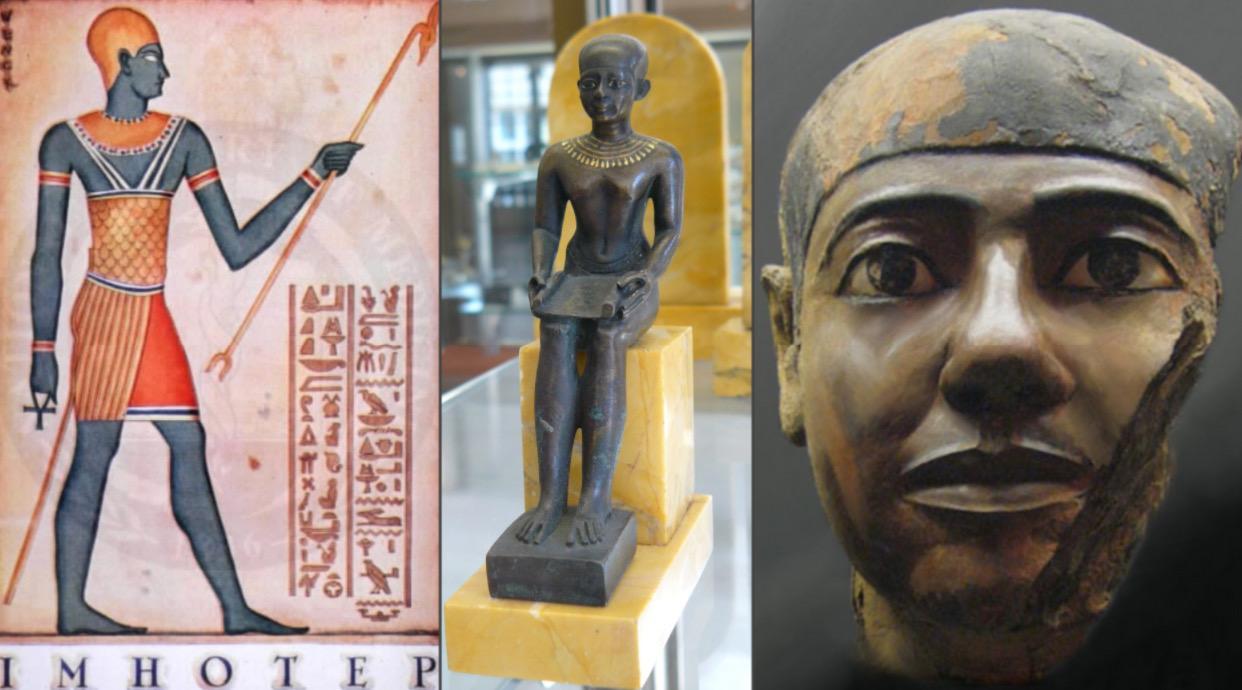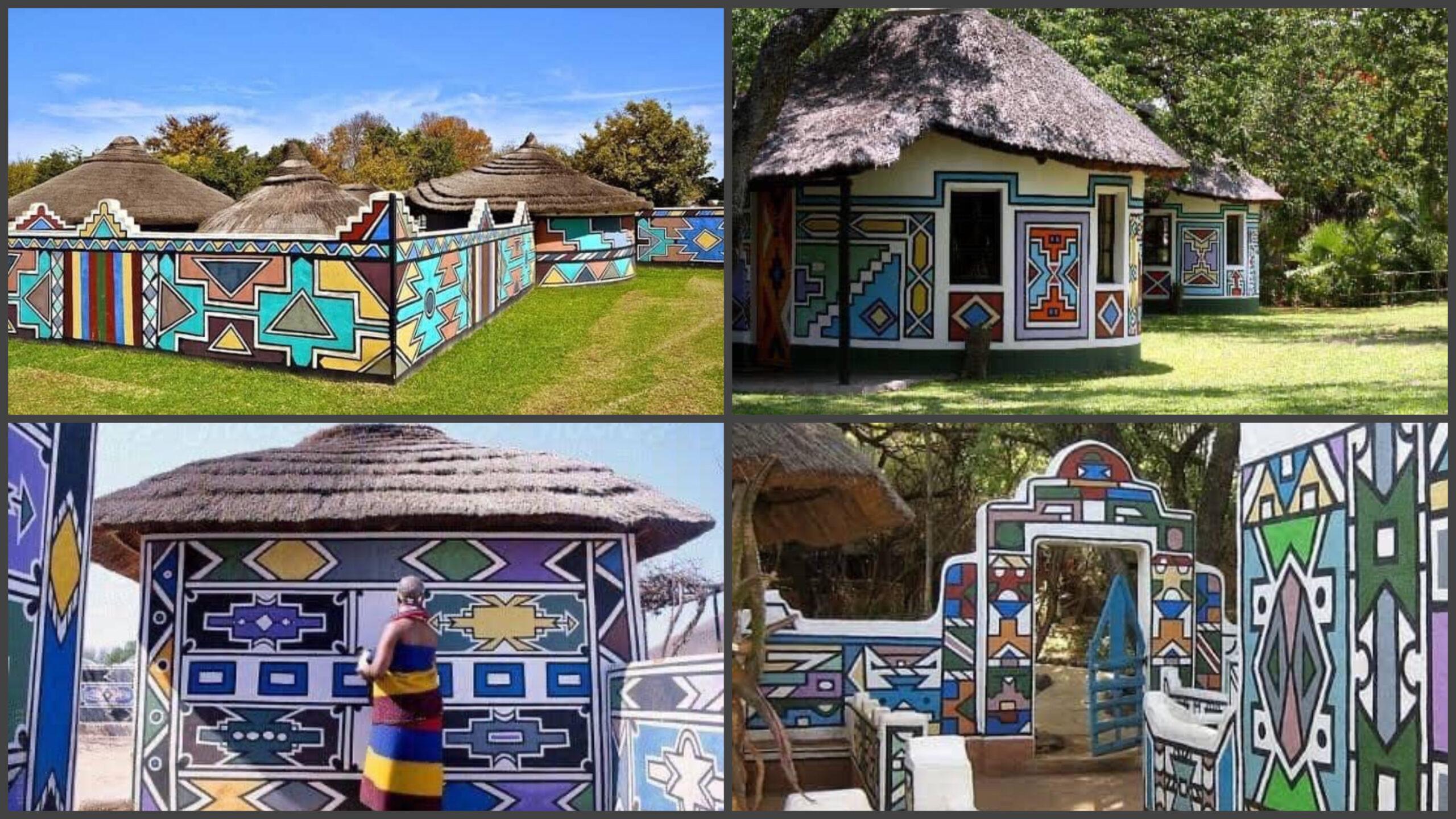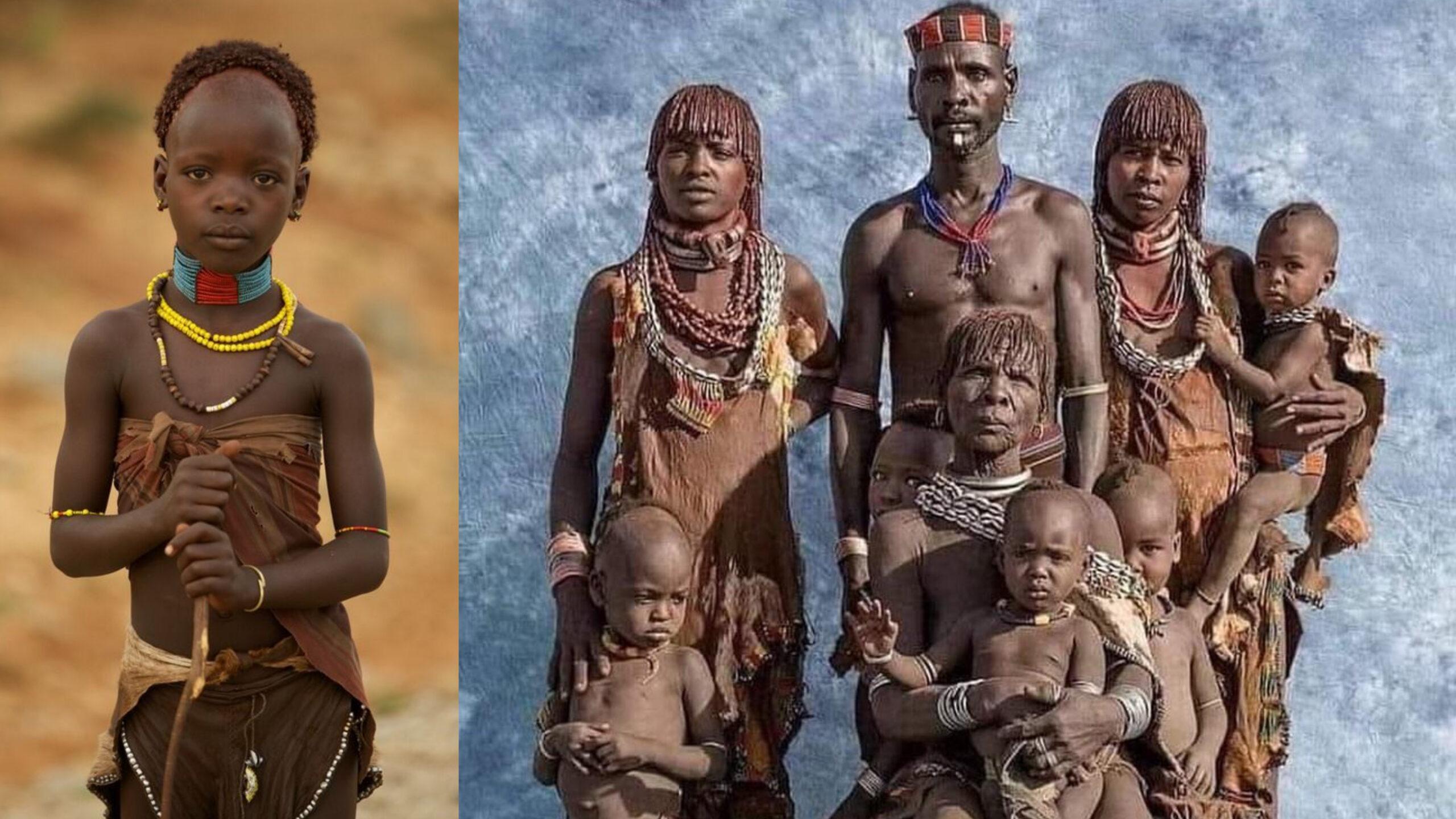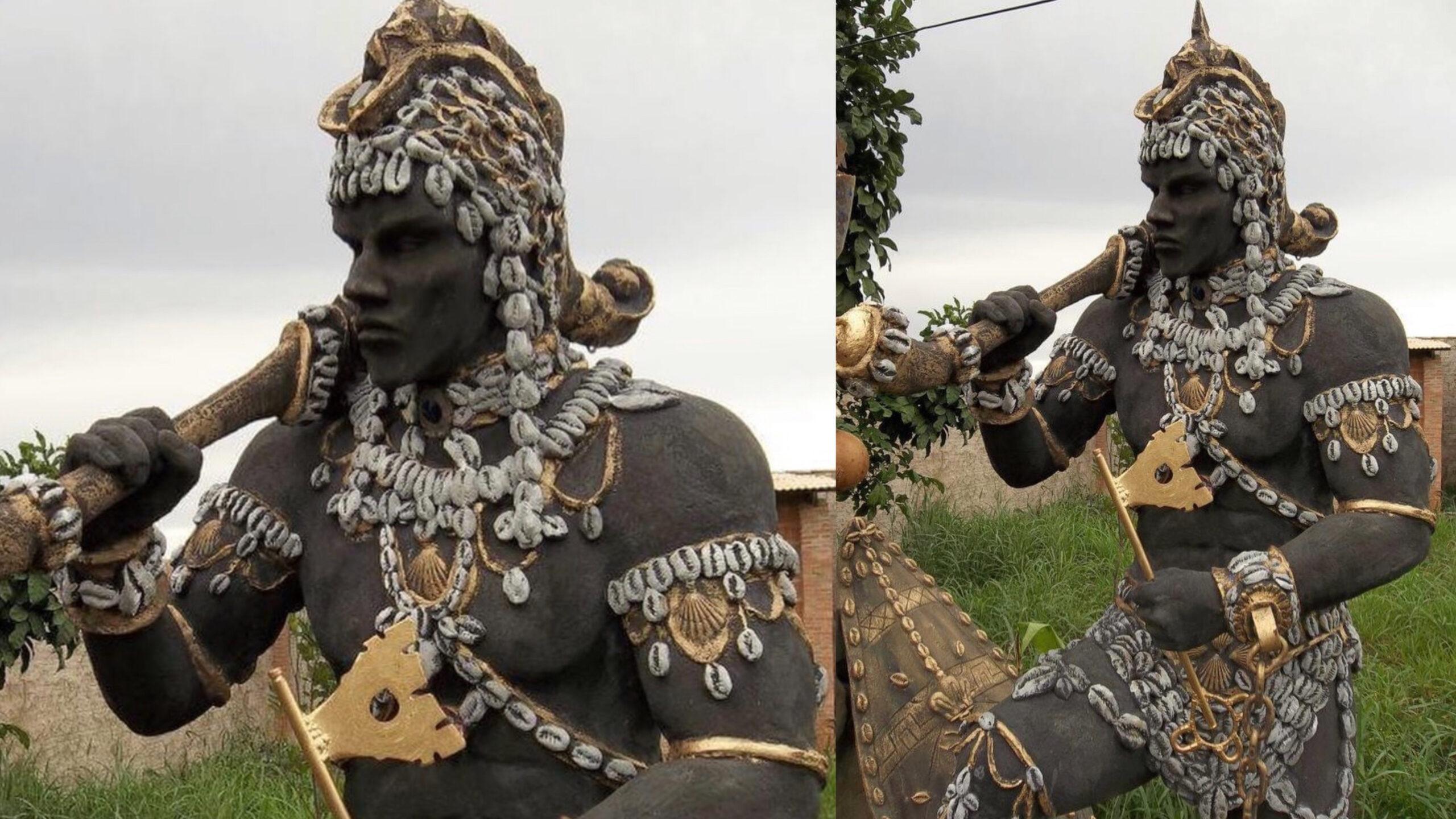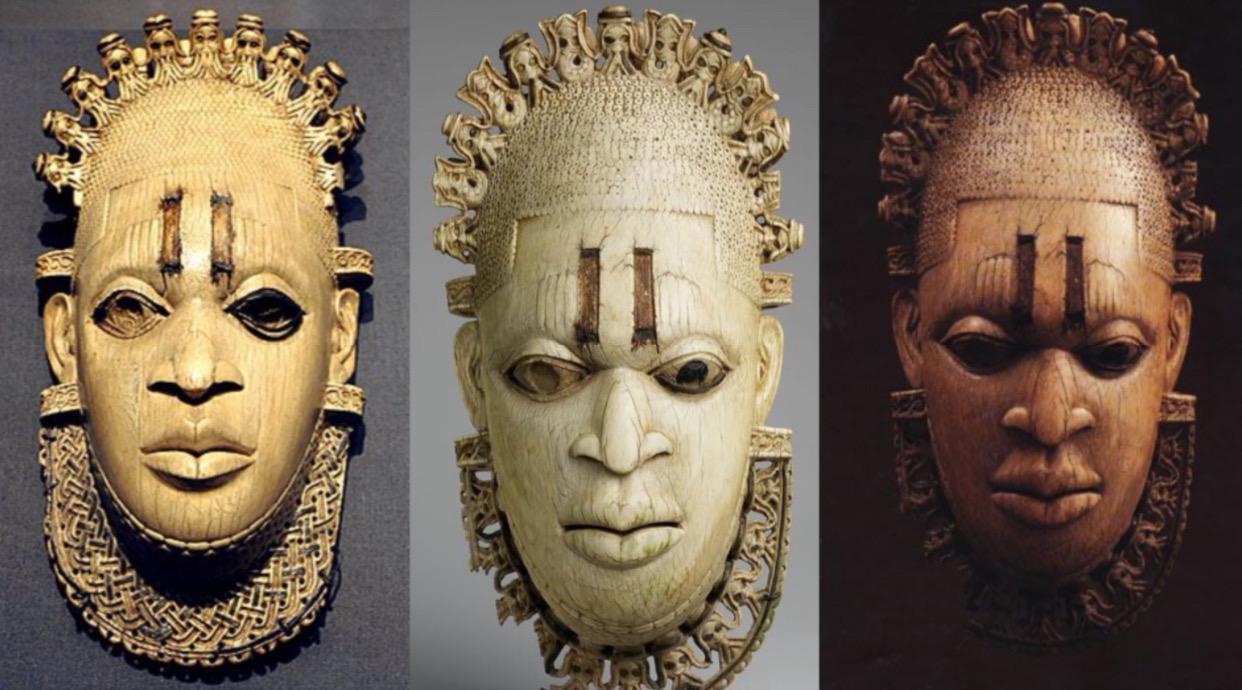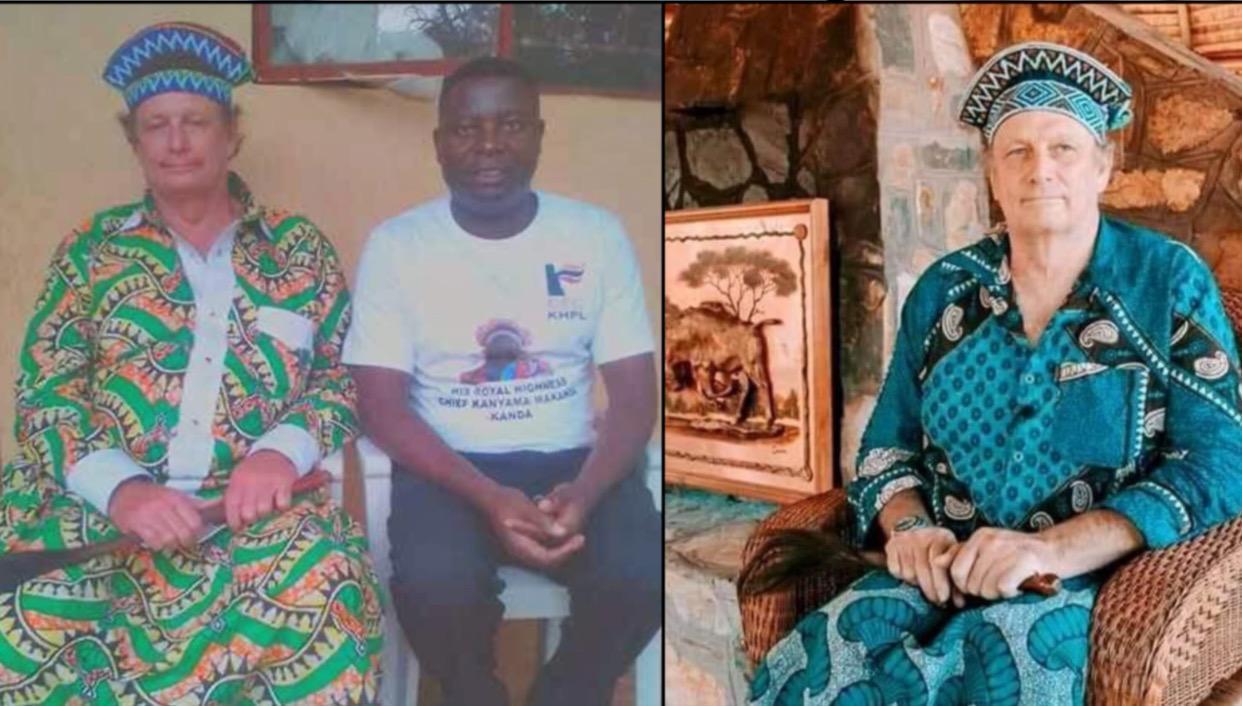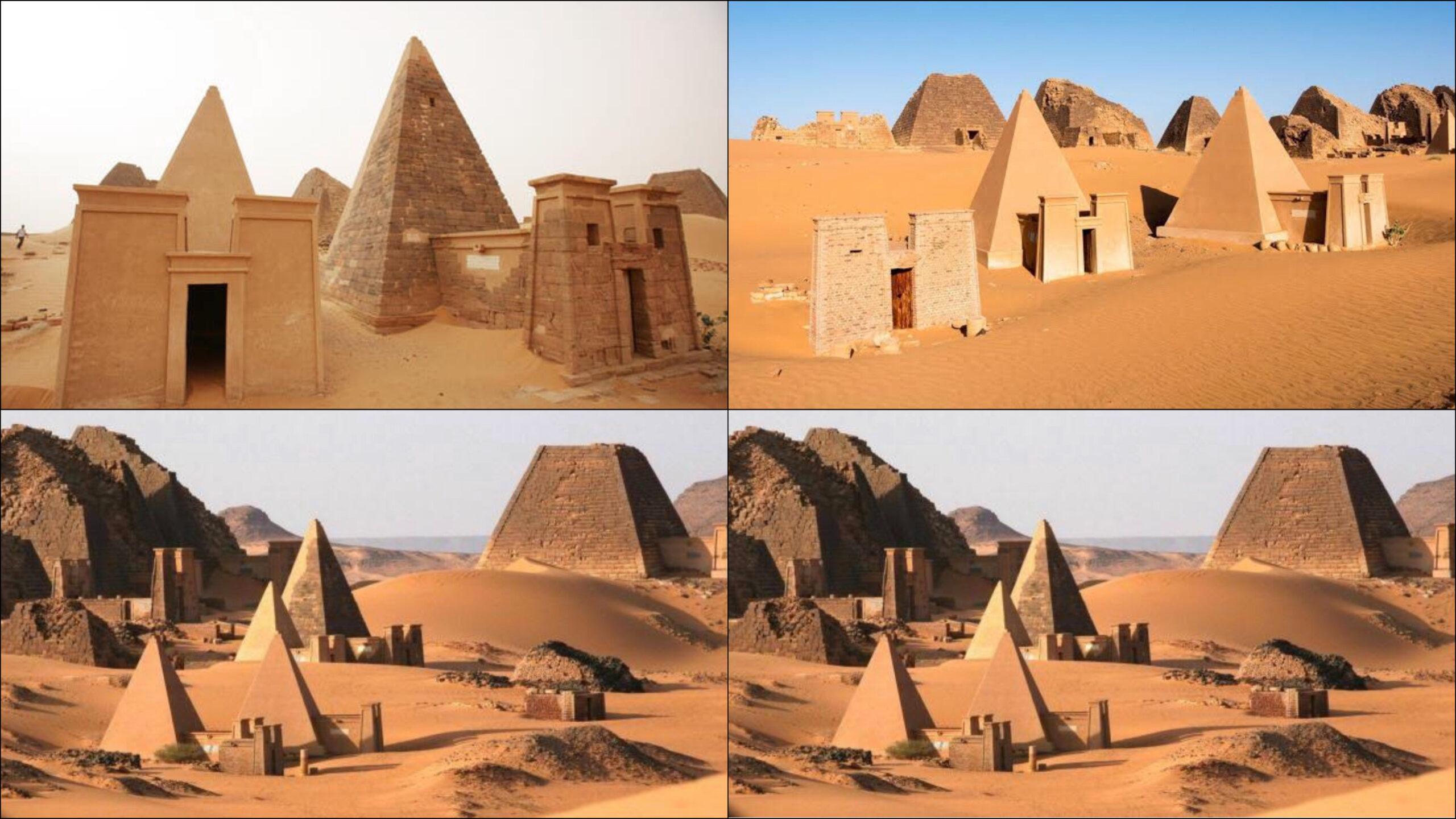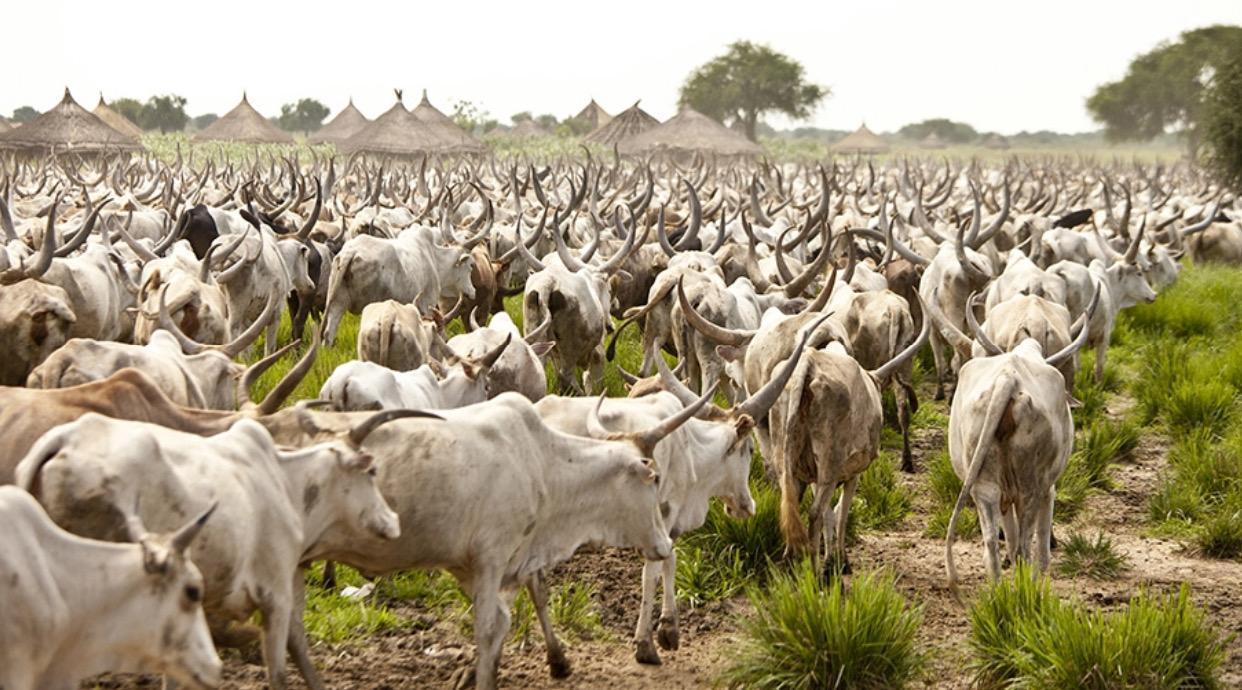Katrina Esau work so hard to ensure her childhood language survives. She put much efforts to save her childhood language from dying and to make sure that her grandchildren speak it. At the age of 84 (2017), Mrs Esau is one of N|uu last three fluent speakers, one of the San languages of South Africa. N|uu is considered the original …
Read More »TimeLine Layout
August, 2020
-
4 August
Imhotep from Africa is the first doctor in history
Although Hippocrates is considered by many to be the father of Medicine, he is not really the first doctor in history (although his contribution is undeniable). That honor would fall to the Egyptian scholar Imhotep. Imhotep means ‘he that comes in peace’. Born in 27th century BCE, Egypt, Imhotep was no only a physician but also an architect, astrologer, scribe, …
Read More »
July, 2020
-
29 July
Fascinating art. Traditional wall painting by South African women [pictures]
The origins of African art lie long before recorded history. Ndebele Women Painting Traditional Designs on Walls. The Ndebeles are an African ethnic group living in South Africa and Zimbabwe known for their artistic talent, especially with regard to their painted houses and colorful beadwork. In African art history has played a significant role in shaping the culture and history …
Read More » -
27 July
The Hamar, untouched tribe from “never colonized” country, Ethiopia
No European power ever colonized Ethiopia. The country of Ethiopia is the oldest sovereign state in Africa, and one of two African countries that avoided colonial rule. Cultures of The Hamar People remained unchanged because the country has not been colonized before despite the occupation of Italians in 1936. The Italians were later chased away. The Hamar (alternatively spelled as Hamer) …
Read More » -
22 July
Male self-presentation is deified as Erinle in Yoruba and Nefertum in Kemet
These deities represent the godself that is conscious of the way he presents himself to the world and how this corresponds to respect for yourself and your community. The African gentleman. Erinle is known in Yoruba as the son of Oshun. He is always decked out in cowries (ancient money) but is not arrogant. He is well-mannered, well-spoken and well-behaved …
Read More » -
18 July
Ivory portrait of Queen Mother Idia of Benin Empire. Looted by British 123 years ago
The Benin ivory mask is a miniature ivory sculptural portrait of Idia, the first Iyoba-or Queen Mother-of the Benin Empire of the 16th century, taking the shape of a traditional African mask. This ivory portrait of Queen Mother Idia from the 16th century is among the most celebrated works by The Met. It is one of four ivory pendant masks, …
Read More » -
16 July
Meet Chief Nyamwana, the White traditional ruler of Lunda tribe in Zambia
Chief Nyamwana is the only white who is a traditional leader of Lunda tribe of Mwinilunga District in Zambia. In the 17th century Lunda, under its ruler, Mwata Yamvo or Mwaant Yav and the capital of Musumba, formed the Lunda (Balunda, Luunda), which is now the democratic Republic of Congo along the Kalanyi River. From there they extended widely over …
Read More » -
13 July
Kush Empire, present-day Sudan has more pyramids than Egypt
Did you know that there are more pyramids outside Egypt? The undisputed kings of the pyramid-building world, in number at least, were from the Kush Empire. The truth is that pyramids at Meroe, modern Sudan, were built between 2,700 and 2,300 years ago. This civilisation arose after the fall of the 24th Dynasty of Egypt in c.1000 BC, and ruled …
Read More » -
12 July
700,000 Ancient African Books survived in Timbuktu University, Mali
Many writers on African history did not believe until recently that African societies had any sort of tradition of writing. This idea has gradually lost recognition since the rediscovery of ancient collections of manuscripts, some dating back to at least the 8th century A.D. In present-day Ethiopia, about 250,000 old manuscripts from the Timbuktu libraries survive. Also, at the southern …
Read More » -
11 July
South Sudan has more cows than humans (57 million cattle, goats, sheep & 11 million people)
According to a Food and Agriculture Administration (FAO) report, “South Sudan’s livestock population is estimated at 12 million cattle, 20 million sheep and 25 million goats according to the National Ministry of Livestock and Fisheries Industry, making it a world leader in terms of animal wealth per capita”. In 2018, South Sudan had an estimated population of 10.98 million people. …
Read More »
 The African History Truly African
The African History Truly African


